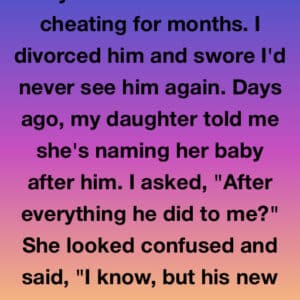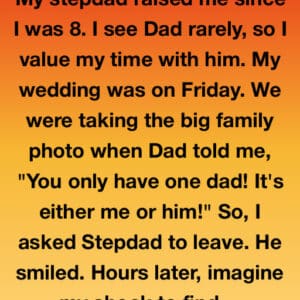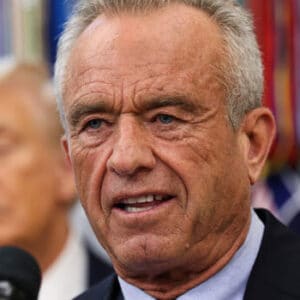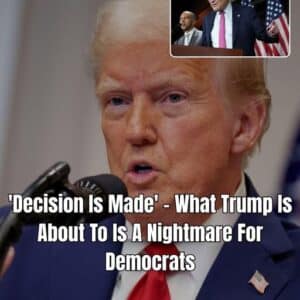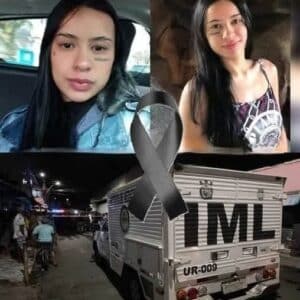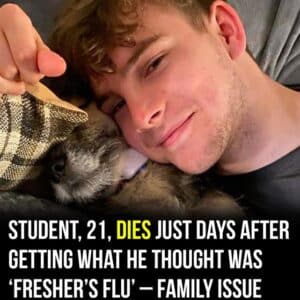Pope Francis has died at the age of 88, and while his passing was not entirely unexpected given his recent health struggles, the actual cause of death came as a surprise to many — including those closest to the Vatican.
After months of public concern over his deteriorating respiratory health — including double pneumonia, bronchitis, and related complications — many had assumed that those ailments would be the ones to ultimately end his life. Instead, the Vatican confirmed that Pope Francis passed away from a massive cerebral stroke early Monday morning, April 21, 2025, marking a somber and unexpected turn in the final chapter of his remarkable life.
The Vatican released a detailed timeline of the events leading up to his death. According to the report, the Pope had woken around 6 a.m. at his residence in Saint Martha’s House, the modest guesthouse within Vatican City where he had chosen to live instead of the more opulent Apostolic Palace. Shortly after waking, aides noticed that he appeared disoriented and was complaining of a severe headache. Within 30 minutes, he became unresponsive. Doctors on-site rushed to his side but were unable to revive him. He slipped into a coma and passed away peacefully in his private quarters shortly thereafter — never regaining consciousness.
The medical team described the event as a “massive stroke leading to irreversible cardiocirculatory collapse.” Unlike his previous hospitalizations, which were widely covered in the media and involved weeks of medical intervention at Rome’s Gemelli Hospital, the pontiff’s final moments came swiftly and quietly. The stroke, doctors explained, was so severe that even if he had been in a hospital, his chances of survival would have been extremely low.
This clarification — that the stroke, not respiratory illness, caused his death — came as a shock to many, especially those who had followed his recent health battles closely. Throughout the past year, Pope Francis had been in and out of the hospital for various treatments. In February, he was hospitalized for complications from bronchitis and a polymicrobial lung infection that severely impacted his breathing and required oxygen therapy, antibiotics, and even a blood transfusion. Doctors warned at the time that his condition was critical, and global prayers poured in as his health faltered.
But in true Francis fashion, the Pope fought back. He made several public appearances in March and April, including an emotionally charged visit to St. Peter’s Basilica and, most memorably, a surprise appearance at Easter Sunday Mass. While he did not deliver the full “Urbi et Orbi” blessing due to his condition, he appeared on the balcony, smiled at the crowd, and said warmly, “Brothers and sisters, Happy Easter.” It would be the last time the world saw him alive.
That Easter weekend, he also met privately with U.S. Vice President JD Vance — a quiet, symbolic gesture that underscored the Pope’s ongoing commitment to global diplomacy, even as his strength waned. Vatican insiders now say he knew the end was near but insisted on maintaining a sense of normalcy.
Born Jorge Mario Bergoglio in Buenos Aires, Argentina, the future pope was the son of Italian immigrants and came of age in the working-class neighborhood of Flores. His early years were marked by humble beginnings and a fierce sense of justice, values that would come to define his tenure as the head of the Catholic Church.
When he was elected pope in 2013 — the first from Latin America, and the first Jesuit — he broke from many of the traditional symbols of papal power. He refused to live in the Apostolic Palace, favored a modest car over the traditional papal limousine, and was often seen carrying his own suitcase. His choice of the name “Francis,” after St. Francis of Assisi, reflected his deep commitment to the poor, the environment, and the marginalized.
His decade-long papacy will be remembered for its radical simplicity, moral clarity, and global impact. He called on the world to care for creation in his groundbreaking encyclical Laudato Si’, demanded accountability from corrupt leaders both inside and outside the Church, and embraced a style of leadership that prioritized listening, empathy, and service.
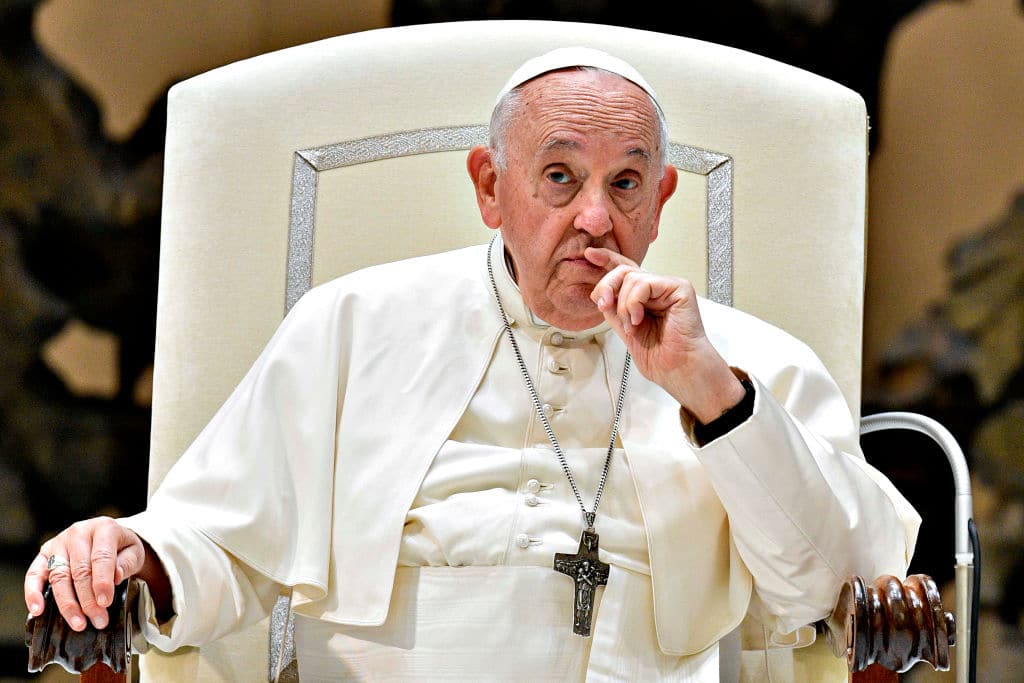
Pope Francis famously washed the feet of prisoners and refugees, embraced children and the disabled during Vatican gatherings, and used his platform to denounce social injustices ranging from climate change to human trafficking to the global refugee crisis.
He also took bold stances within the Church, calling for dialogue on complex issues like LGBTQ+ inclusion, divorce, and the role of women — often challenging the status quo and sparking internal debates among the clergy. To the dismay of some conservatives but the admiration of many around the world, he reminded Catholics that faith is not about condemnation but compassion.
His stance against organized crime was especially notable in Italy, where he publicly excommunicated members of the mafia and warned that “the blood of the innocent” would one day rise against them.
Tributes began pouring in immediately following news of his death. Former U.S. President Barack Obama called him “a rare leader who made us want to be better people.” His wife, Michelle Obama, said, “He shook us out of our complacency.” Leaders from across religious and political lines have echoed similar sentiments, recognizing his profound spiritual and humanitarian legacy.
Beginning Wednesday, Pope Francis’ body will lie in state at St. Peter’s Basilica, where the faithful will be invited to pay their respects. Vatican officials have confirmed that the viewing will last three days. His funeral mass will follow shortly thereafter.
In accordance with his own wishes — revealed in a 2023 interview — the Pope will not be buried beneath St. Peter’s Basilica like most of his predecessors. Instead, he will be laid to rest at the Basilica of Santa Maria Maggiore in Rome, a site that held deep personal meaning for him. It is home to the icon of the Virgin Mary, Salus Populi Romani, before which he prayed after every international trip and at key moments during his pontificate.
Argentina has declared a week of national mourning, with flags flown at half-mast and candlelight vigils held in major cities, including Buenos Aires.
Meanwhile, preparations are underway for the conclave that will select the next pope. The College of Cardinals, made up of 240 members, will meet in the coming weeks — likely between 15 to 20 days after the funeral — to begin the sacred process of choosing the 267th leader of the Roman Catholic Church.
Until then, American-born Cardinal Kevin Farrell, the Vatican’s Prefect for the Dicastery for the Laity, Family and Life, will serve as the interim administrator of the Holy See, managing day-to-day operations.
As the world prepares to say goodbye to Pope Francis, it does so not with political pomp but with reverence for a man whose actions spoke louder than his words. He preached a gospel of mercy, inclusion, and solidarity — and lived it to his very last breath.
